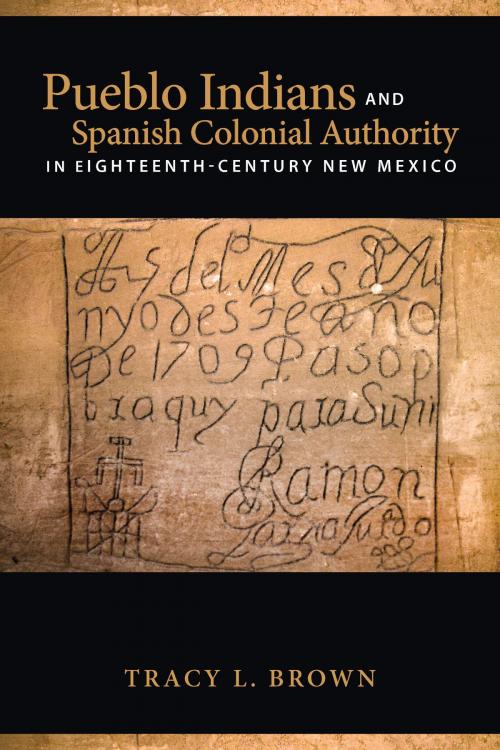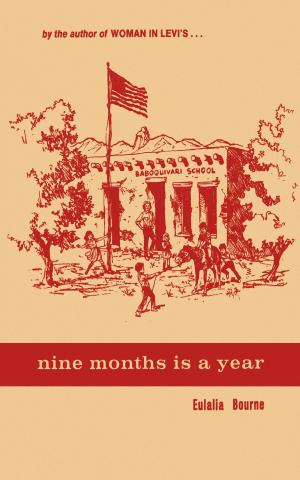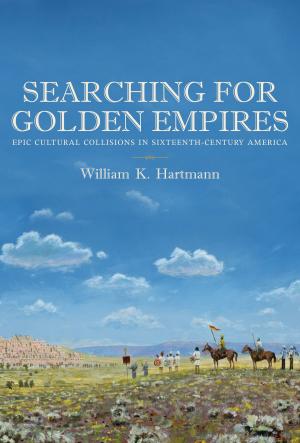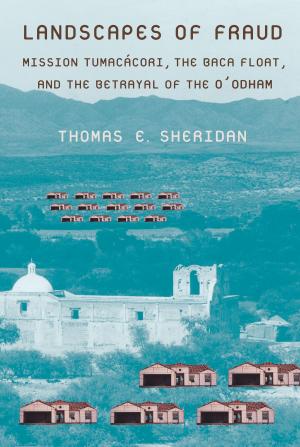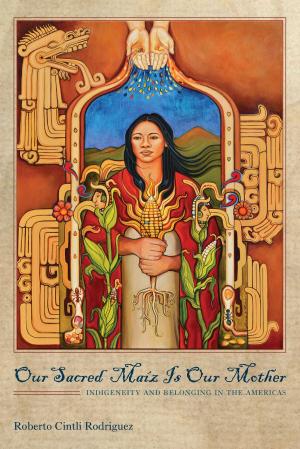Pueblo Indians and Spanish Colonial Authority in Eighteenth-Century New Mexico
Nonfiction, Social & Cultural Studies, Social Science, Anthropology| Author: | Tracy L. Brown | ISBN: | 9780816599066 |
| Publisher: | University of Arizona Press | Publication: | September 19, 2013 |
| Imprint: | University of Arizona Press | Language: | English |
| Author: | Tracy L. Brown |
| ISBN: | 9780816599066 |
| Publisher: | University of Arizona Press |
| Publication: | September 19, 2013 |
| Imprint: | University of Arizona Press |
| Language: | English |
Pueblo people reacted to Spanish colonialism in many different ways. While some resisted change and struggled to keep to their long-standing traditions, others reworked old practices or even adopted Spanish ones. Pueblo Indians and Spanish Colonial Authority in Eighteenth-Century New Mexico examines the multiple approaches Pueblo individuals and villages adopted to mitigate and manage the demands that Spanish colonial authorities made upon them. In doing so, author Tracy L. Brown counters the prevailing argument that Pueblo individuals and communities’ only response to Spanish colonialism was to compartmentalize—and thus freeze in time and space—their traditions behind a cultural “iron curtain.”
Brown addresses an understudied period of Pueblo Indian/Spanish colonial history of New Mexico with a work that paints a portrait of pre-contact times through the colonial period with a special emphasis on the eighteenth century. The Pueblo communities that the Spaniards encountered were divided by language, religion,and political and kinship organization. Brown highlights the changes to, but also the maintenance of, social practices and beliefs in the economic, political, spiritual and familial and intimate realms of life that resulted from Pueblo attempts to negotiate Spanish colonial power.
The author combines an analysis of eighteenth century Spanish documentation with archaeological findings concerning Pueblo beliefs and practices that spans the pre-contact period to the eighteenth century in the Southwest. Brown presents a nonlinear view of Pueblo life that examines politics, economics, ritual, and personal relationships. The book paints a portrait of the Pueblo peoples and their complex responses to Spanish colonialism by making sense of little-researched archival documents and archaeological findings that cast light on the daily life of Pueblo peoples.
Pueblo people reacted to Spanish colonialism in many different ways. While some resisted change and struggled to keep to their long-standing traditions, others reworked old practices or even adopted Spanish ones. Pueblo Indians and Spanish Colonial Authority in Eighteenth-Century New Mexico examines the multiple approaches Pueblo individuals and villages adopted to mitigate and manage the demands that Spanish colonial authorities made upon them. In doing so, author Tracy L. Brown counters the prevailing argument that Pueblo individuals and communities’ only response to Spanish colonialism was to compartmentalize—and thus freeze in time and space—their traditions behind a cultural “iron curtain.”
Brown addresses an understudied period of Pueblo Indian/Spanish colonial history of New Mexico with a work that paints a portrait of pre-contact times through the colonial period with a special emphasis on the eighteenth century. The Pueblo communities that the Spaniards encountered were divided by language, religion,and political and kinship organization. Brown highlights the changes to, but also the maintenance of, social practices and beliefs in the economic, political, spiritual and familial and intimate realms of life that resulted from Pueblo attempts to negotiate Spanish colonial power.
The author combines an analysis of eighteenth century Spanish documentation with archaeological findings concerning Pueblo beliefs and practices that spans the pre-contact period to the eighteenth century in the Southwest. Brown presents a nonlinear view of Pueblo life that examines politics, economics, ritual, and personal relationships. The book paints a portrait of the Pueblo peoples and their complex responses to Spanish colonialism by making sense of little-researched archival documents and archaeological findings that cast light on the daily life of Pueblo peoples.
